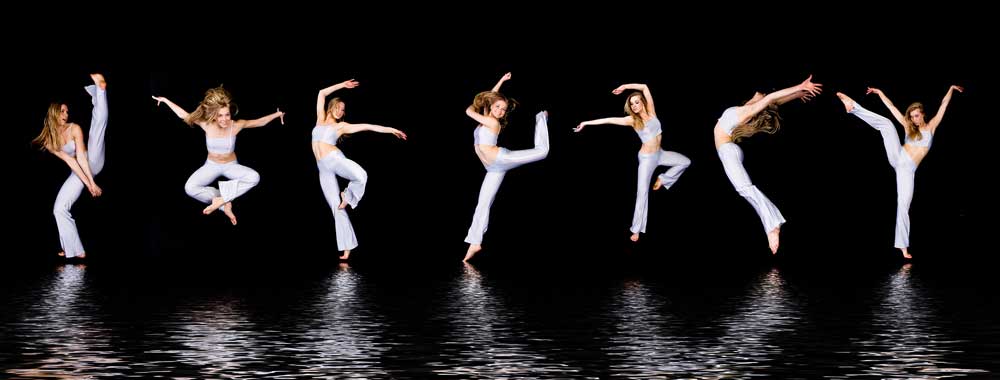Turning dance into data
School of Interactive Arts and Technology, Simon Fraser University
Movement is an essential part of human communication; we prefer face-to-face interaction because we can see another person’s reaction, observe their gestures, and read their body language. Computers, which have come far in interpreting written language and audible speech, still can’t notice a scowl, interpret a hand wave, or see the poetry in dance. Until now.
Movement and Meaning middleware (M+M) is a Research Software Platform that gives computers the ability to understand human movement by quantifying it – turning fluid analog movement into a new form of digital data. The software also allows people to use this data to manipulate robots, control game characters and avatars, teach manual skills, critique student dancers, and so on.


